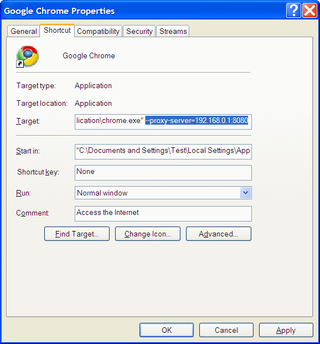Best of 2009
New year is always good time to make some statistics. :)
I wrote total of 209 posts bringing over 20,000 page views in last year. While this is not much in Internet context of things, I do not recall having that kind of attention before. Also worth noting is fact that January had about 300 visits and in December number was above 3,000. Trend seems to be quite positive.
More than 70% of traffic was coming from Google and rest was divided among quite a few referrers. Most of content was read by US citizens (30%) with other countries having less than 10% each. For about of 30% of visitors country could not be determined.
As browsers go, most often these pages were viewed with FireFox (43%). Internet Explorer was quite close (39%) and Chrome came in third (10%). It should not be surprise that 95% of those visits were from browser running on Windows (10% from Windows 7).
What follows next is five most read posts from last year:
This is biggest surprise to me. My love for both Starcraft and Windows 7 gave offspring that has as much comments as all other posts together.
2. Windows Media Center without IR extender
Decision of Microsoft to add artificial restrictions to their Windows Media Center setup resulted in this post. Although I haven’t written program that solves problem, I do take pleasure at propagating word about it.
3. Logitech V470 bluetooth mouse review
Since I wrote such positive review, I personally had no choice but to buy one more. :)
It was lack of documentation on HTC S740 that drove quite a few page views to this post. Although HTC added this to documentation, there is quite few visits still.
5. VHD install
This is something I personally think of most useful post I have ever written. It is something that I still use almost on weekly base and (in my personal opinion) single feature that makes Windows 7 most flexible OS to install.


